The Huawei Honor 5X Review: Mid-Range Meets Maturity
by Brandon Chester on February 29, 2016 8:00 AM EST- Posted in
- Smartphones
- Huawei
- Android
- Snapdragon 616
- Honor 5X
Software
In my review of the Huawei P8 Lite I opted to not spend too much time talking about EmotionUI as Andrei had already done a very thorough job in his reviews of other Huawei devices. The same is true for the Honor 5X to a degree, as Andrei has covered EmotionUI 3.1 fairly extensively already. That being said, I do have a few remarks to make about how it looks and performs on the Honor 5X.
The first thing I noticed that contrasts with EmotionUI 3.1 on the Huawei P8 is the fact that the Honor 5X goes for a much more colorful look. Everything from the icons to the wallpaper is brighter and uses a greater range of bright colors than on the P8. I'm not sure how much of this has to do with Huawei's target audience is for the Honor family (e.g. Millennials), but it's a significant deviation from the default UI on the Huawei Mate and Ascend smartphones.
What interests me about EmotionUI is how quickly some people are to dismiss it as a wholesale copy of iOS. There are certainly elements inspired by iOS, just as much as iOS has elements inspired by Android devices. However, there are only a few things that really remind me of iOS devices, with most applications being as unique as they can be considering the fact that they still need to be accessible and usable by a wide range of users who will have preconceptions about how a calendar app or a calculator app is supposed to work. The only things that do make me raise an eyebrow are the liberal use of translucency, the Clock app, swiping down on the home screen to bring up a search bar, and the little settings drawer that you can bring up by swiping up from the bottom of the screen on the lock screen. To be honest, I never found that feature to be very useful either, as most of the functions are things that I also want access to within other applications instead of only when my phone is locked.
Android purists will definitely hate the fact that Huawei's launcher does away with the application drawer and integrates apps and widgets on the same pages. For me this wasn't a big problem, because I rarely find any use for Android's widgets. Ironically, the Honor 5X has a clock and weather widget that I actually did like and end up keeping, and yet I still didn't take issue with Huawei's decision. If you aren't a fan, you can always install one of the many launchers from Google Play and return to the norm, but it's definitely worth noting that EmotionUI is far from what you get on a Nexus phone out of the box.
Something that definitely differentiates the Honor 5X from other smartphones in this price range is its fingerprint scanner. Fingerprint scanners have gotten a lot better on Android than what we saw on the Galaxy S5, or going back even farther, the Motorola Atrix. Like Google's Nexus smartphones, the Honor 5X uses a rear-mounted fingerprint scanner. It doesn't protrude like Nexus Imprint does, so it's actually more like the fingerprint scanner on the HTC One Max than the Nexus phones, but the idea is basically the same across all of the devices.
Training your fingerprint is fairly easy. You just press it against the scanner five times, and if it thinks it didn't scan a certain area thoroughly it'll prompt you to press a certain area against it one more time. Interestingly enough, it blocked me from registering one finger a second time, and it only took a single press for it to recognize and block it from being scanned. Thankfully, there's no need to scan a finger multiple times, because the scanner is fairly accurate and I haven't had too many problems with it not scanning on the first try.
Huawei also includes some features like the ability to quick launch apps when you scan a certain finger, but I think this is completely overcomplicating the entire interaction. On top of that, the scanner is quite small and the position of it makes it difficult to use with any finger other than your index finger, so I don't see that feature as being very useful.
UI Performance
Something that I haven't always been impressed with is the UI performance on the Honor 5X. To be honest, it can feel quite sluggish at times, with noticeable jank and dropped frames. These issues often crop up when you're in a part of the UI that uses translucency heavily, and that's just the price you pay for running computationally complex effects on a GPU that really can't manage them properly at this resolution. For example, the notification drawer often can't manage 30fps animations, let alone 60fps. Pulling down on a home screen to bring up a search bar and a keyboard is always janky too.
I don't think it makes sense to have a unified UI if the effects don't run well on your devices, and I would trade the blur for higher framerates in a heartbeat. It looks pretty, but the hardware on the 5X just can't pull it off. On top of that, the display's posterization is most apparent when there's blurring occurring because there's simply not enough precision to render the gradients correctly. Translucency can be a nice effect, but color banding really kills it.
Unfortunately, the big issue with the idea of removing translucency is the fact that the UI depends fairly heavily on it. Applications like the Clock app, and UI elements like the notification drawer adapt to the color scheme given by your wallpaper, and that's a way to personalize your device beyond simple changes like icons or the wallpaper when you're in the launcher. I suppose there's always going to be a tradeoff, and I think I would still opt to get rid of it if it meant areas like the notification drawer would perform better, but I understand the reasoning behind keeping it around even on the less powerful devices.
In the end I'm actually pretty happy with EmotionUI. There are often times where you'll use a device and there's just something about the manufacturer's interface that really feels like a regression from Google's own UI or the UI from another vendor. I never really got that feeling when using the Honor 5X. The only problem for me is the fact that the blur is definitely causing performance problems, and even though it looks really nice I would rather have the performance than the visuals. On top of that, the color banding really lets it down, and in general I think on their mid range devices Huawei should probably in a different direction in order to maintain performance. From what I've been told, the Honor 5X is slated to move to EmotionUI 4.0 around the time it gets the Android Marshmallow update, and it'll be interesting to see what happens to the UI and performance when that transition occurs.


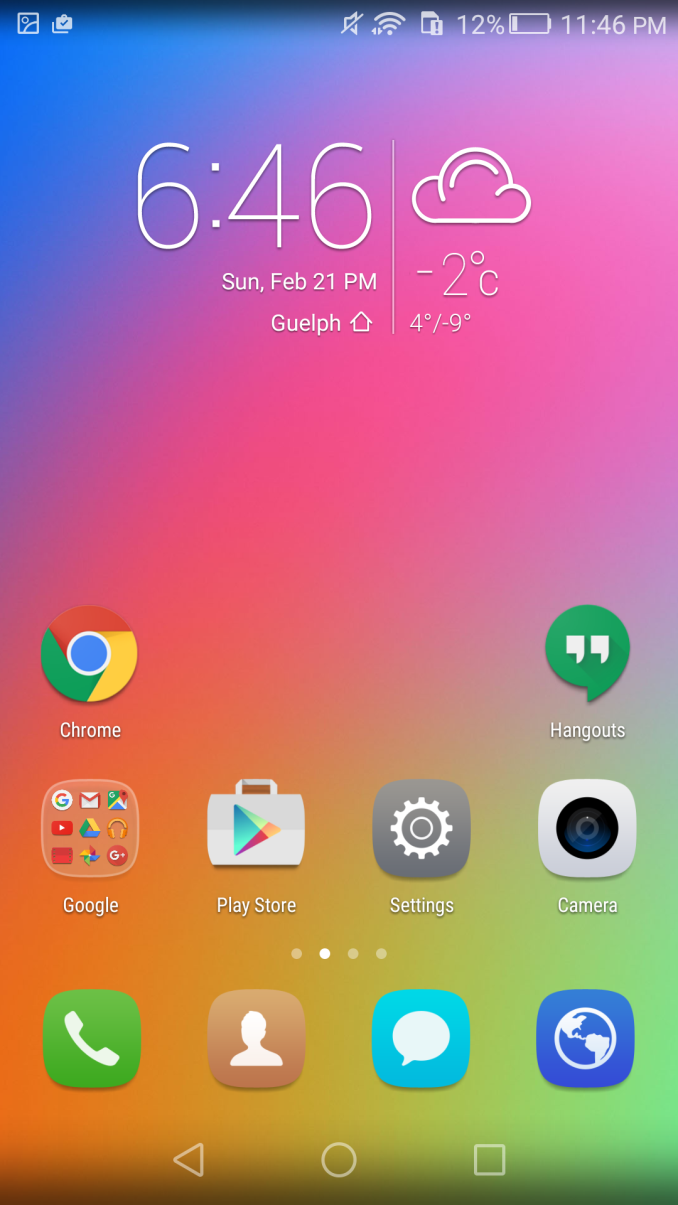
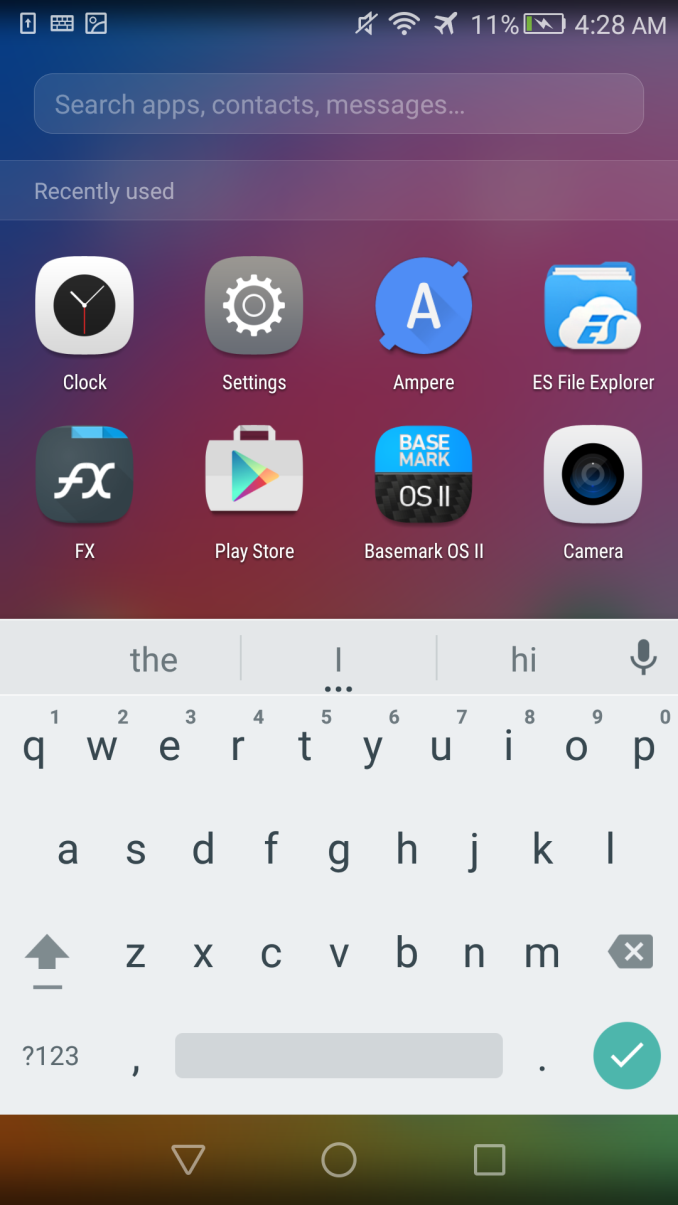
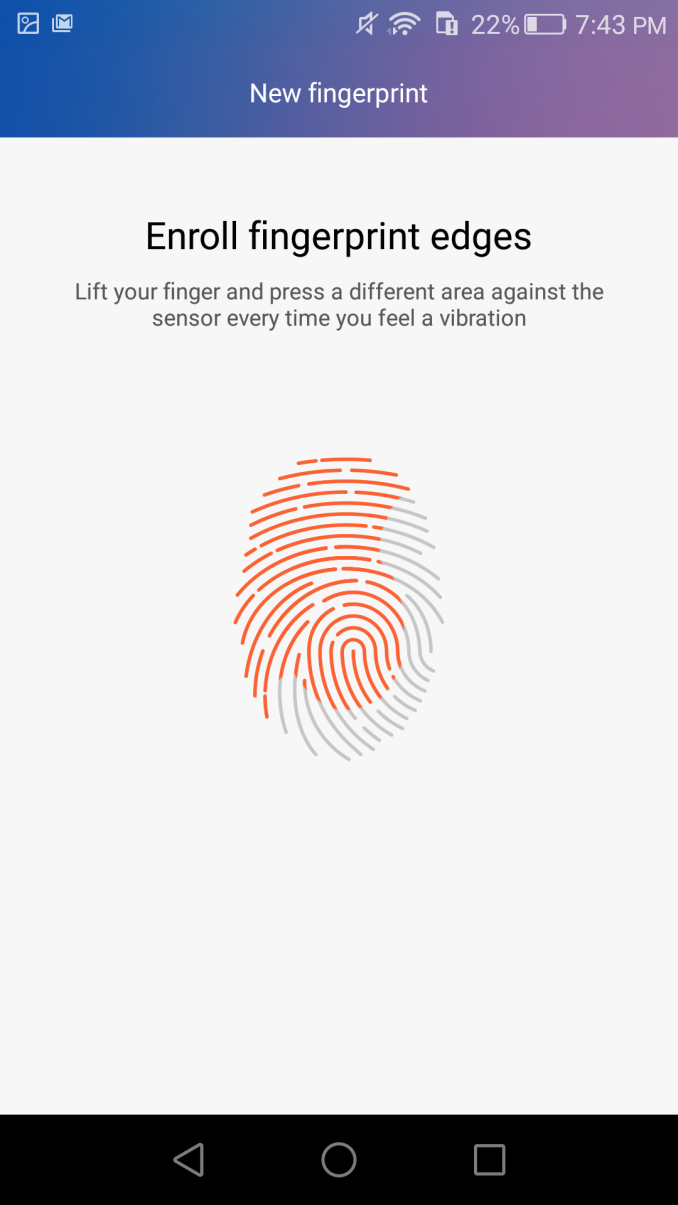
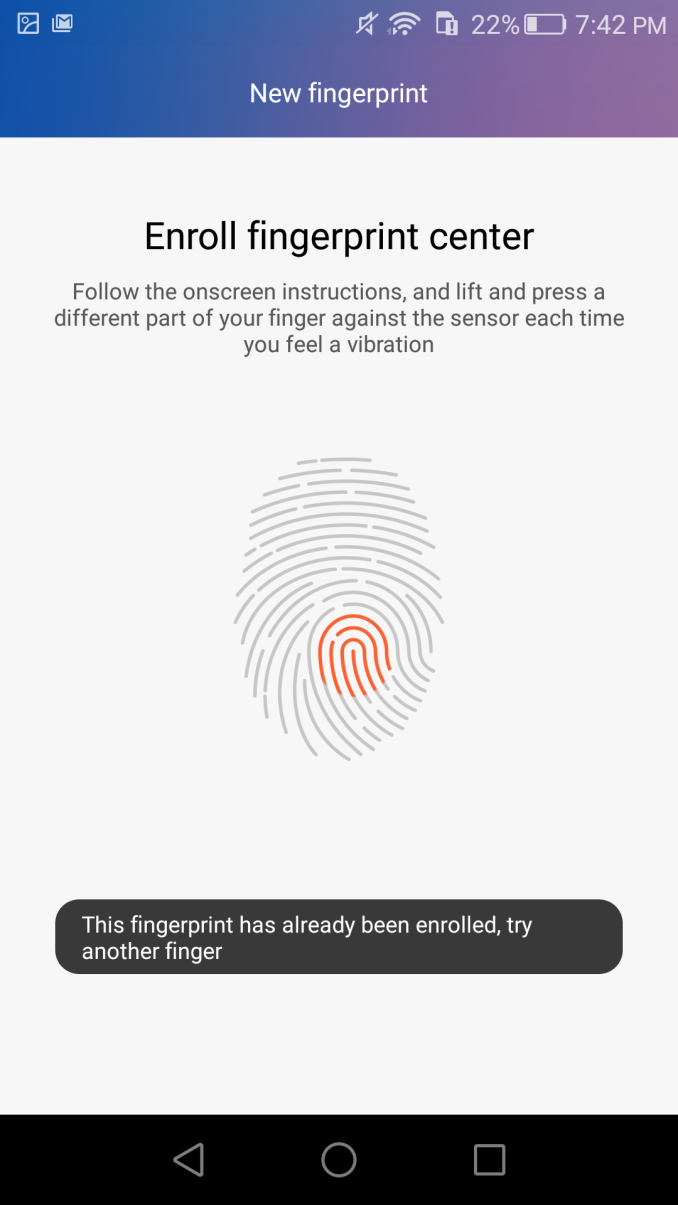

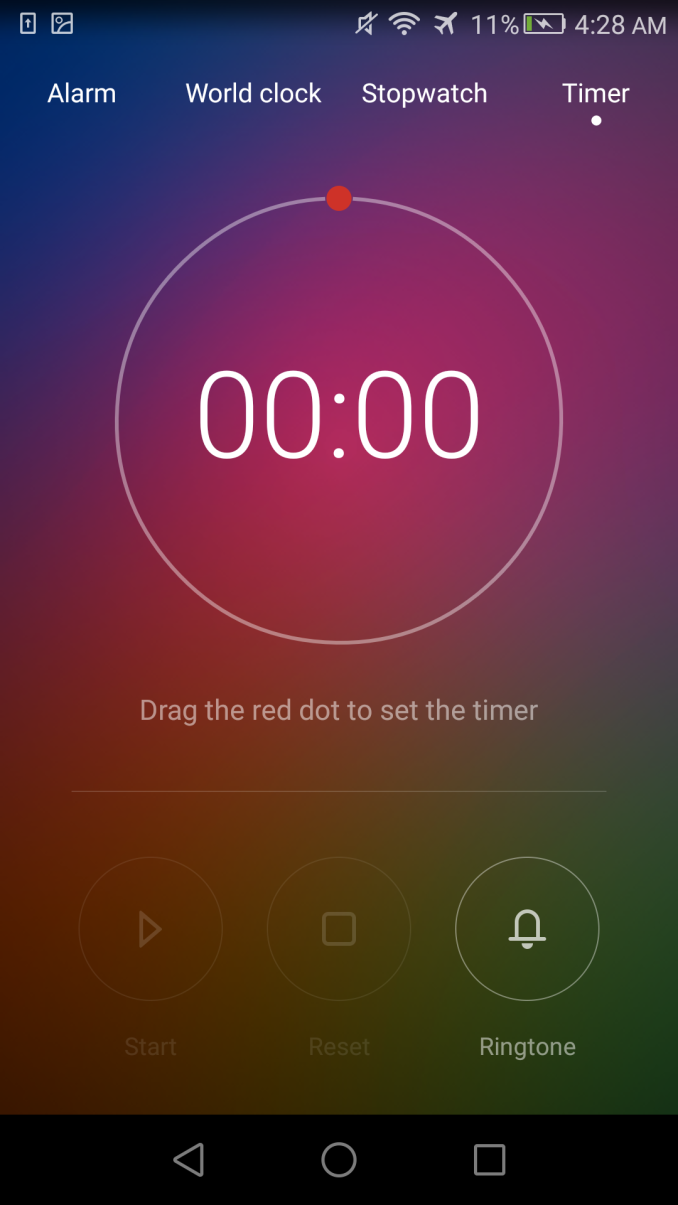








30 Comments
View All Comments
UtilityMax - Thursday, March 3, 2016 - link
Indeed. If the device is mid-range, shouldn't it be at least competitive with a three year old flagship SoC, such as the Snapdragon 800? Looking at the benchmarks, SD800 is still much faster at least in single threaded benchmarks. But the market "has spoken". We "need" 64-bit and eight cores they said..LiverpoolFC5903 - Tuesday, March 1, 2016 - link
I'd like to see the A53s clocked much higher (2.2-2.5 ghz) in mid range chipsets to make it competitive with previous gen Snapdragon 800 socs. SIngle threaded performance is still very critical in terms of javascript performance. A high clocked A53 based soc with dual channel RAM and a decent GPU is more than enough for most applications.UtilityMax - Thursday, March 3, 2016 - link
My thought too. Come on people. The Snapdragon 800 is three years old. Can't we have that level of performance in at least in a midrange smartphone these days? Instead, we see "midrange" devices with SoC performance that's about on the level with the original iPhone 5.LiverpoolFC5903 - Thursday, March 3, 2016 - link
Last years 'mid range' Qualcomm chipsets were laughably underpowered. Hell , my 3 year old Optimus G Pro with a 1.7ghz Snapdragon 600 and Adreno 320 2nd gen GPU is STILL faster than Snapdragon 615 phones. Dual channel memory and GPU makes a LOT of difference to the overall 'feel' and usability of a smartphone. And obviously single threaded performance, which is very important in day to day user experience, needs to be at least at the Snapdragon 800/801 range in 2016.zodiacfml - Sunday, March 6, 2016 - link
Right. There are some phones still available with those chips previous the 810 for a near mid-range price.mmsmsy - Tuesday, March 1, 2016 - link
How about Xiaomi Redmi Note 3 with Mediatek X10 or the Pro version with Snapdragon 650? In my opinion way more important phone to review that this one.LiverpoolFC5903 - Tuesday, March 1, 2016 - link
I dont believe Anandtech have done a review of ANY phone with the Helio X10. Would love to see a detailed analysis of that chipset, especially compared to erstwhile flagship socs from the 800 series.Badelhas - Tuesday, March 1, 2016 - link
True.But what I really want to see is AnandTech reviewing the HTC VIVE! :)
Ryan Smith - Tuesday, March 1, 2016 - link
It's on my list of things I want to do.=)LukaP - Tuesday, March 1, 2016 - link
Hell the Mi4c is only a bit more expensive than this, and offers a S808 and otherwise pretty high end specs... This is a decisively lowend device.